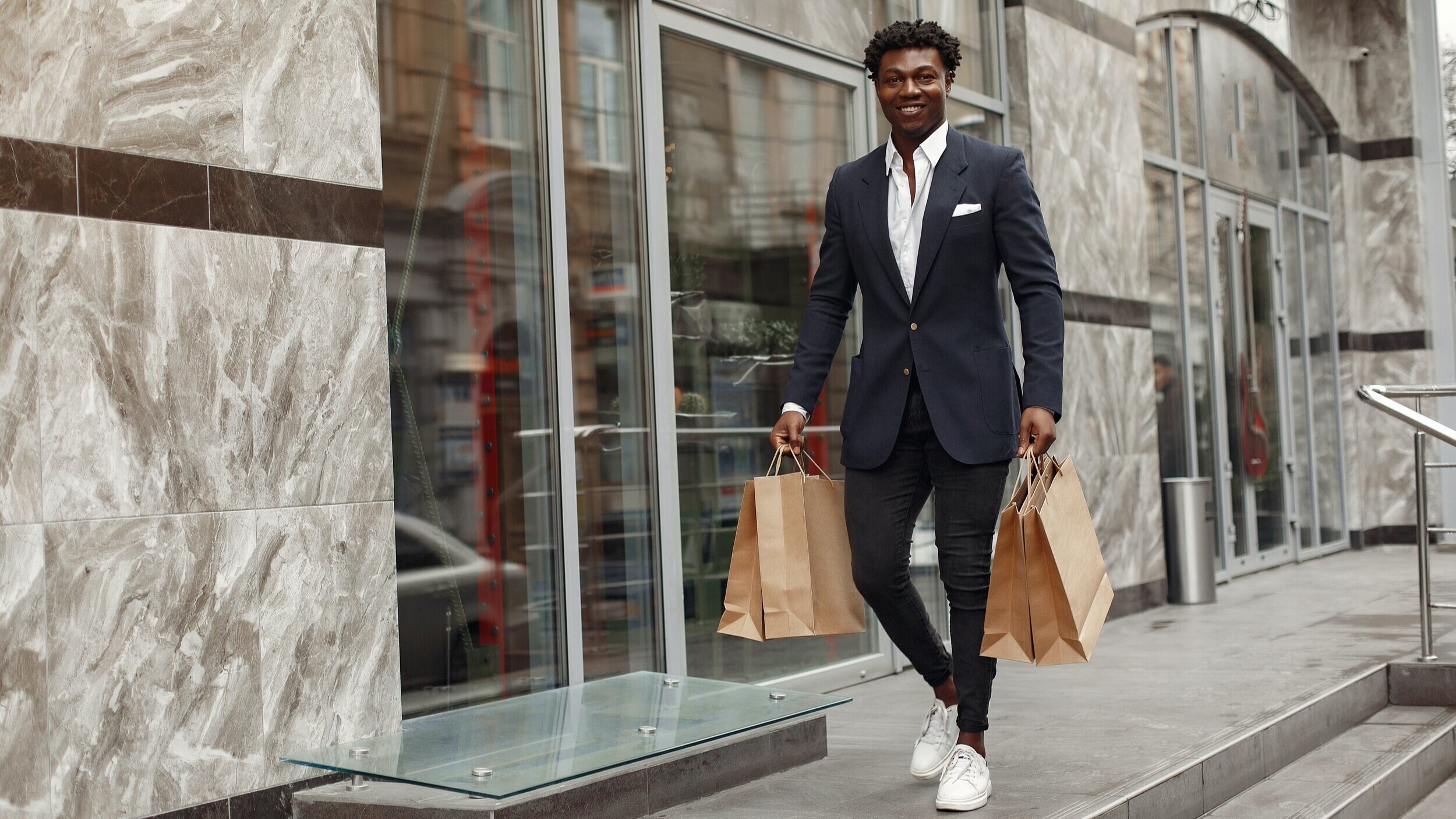Inspiring second purchase in luxury retail.
Imagine being able to turn a third of first time buyers into second time purchasers in just six weeks. That’s exactly what we did for a luxury retailer!
A 5 minute read
The problem
Despite being the market leader and a destination for gift givers following a comprehensive customer journey audit we discovered that many of our clients’ customers were one time buyers leaving significant chunks of potential revenue on the table.
The hypothesis
We concluded that if we could convert some of these existing one time buyers into repeat purchasers we could quickly boost the bottom line at minimal cost to the business; not to mention improve brand loyalty. Our objective for the campaign therefore was to increase second-time purchases by at least 10 per cent.
Our research diagnosed that the most cost efficient and effective way to do this was to do this by understanding and reacting to individual customer journeys.
So we developed a right-time, right-channel campaign using next best action, real-time decision making technology powered by big data, deep learning and AI.
We believed that serving branded content to customers via email on an 'open' basis would be far more powerful than on a ‘send’ basis (i.e. dynamic content that was served when the email was actually opened instead of when the email was sent) as it would enhance the brand experience by making the communications more relevant and therefore appealing. The next step was making this a reality.
Our strategy
We went out to market to actively seek an innovative tech solution that could be integrated quickly and easily with the existing stack. In this case using Kitewheel customer journey technology combined with smart application of customer data and cutting edge data science techniques.
We delivered the holy grail of marketing: joined-up, omnichannel communications that delivered individualised content pertinent to every recipient in real time, based on their previous behaviour.
We started by creating a single customer view. This meant wrangling several disparate sets of data across email, web and social channels to determine if individual customers had interacted with content on Facebook and Instagram, whether they were engaged by the brand’s emails and their activity, if any, on the website.
Once this was achieved, we ran ongoing analytics which led to us segmenting the database into ‘engaged’ and ‘unengaged’ customers.
Engaged customers were defined as those that interacted with the brand across multiple channels and had visited the website in the last month.
Unengaged customers didn’t follow the brand on social media, hadn’t opened emails and hadn’t browsed the site in the last month.
These two segments, along with the length of time since last purchase, formed the basis of the customer journey which would be enhanced using next best action in real time to determine what communication followed.
The creative execution was founded in insight.
To make every touchpoint’s content relevant to the individual, a formula was conceived:
Transactional (recency, category, fragrance of previous purchase)
Propensity (behaviour over time, gift versus self-purchase)
Intent (what have you just done?)
For instance, an engaged customer who had recently purchased a product as a gift and had browsed on the website would be served an email highlighting alternative products. Whilst an unengaged customer that hadn’t responded to a previous email might be offered a complimentary hand and arm massage, delivered by an expert stylist, to help drive the customer in-store and help build a stronger brand bond.
However, what truly set this campaign apart was that creative content was served on opening of the email, rather than when it was sent.
This meant that the messages would be relevant to the recipient no matter when the email was opened, as it would be based on real-time behaviour. Therefore, if an email was sent on a Tuesday evening, but the person was away for a few days and didn’t open the email until the following Wednesday, the content could potentially be different than if it had been opened as soon as it was received. This is because in the intervening eight days the customer may have browsed online for fragrances and therefore the content would reflect this, rather than the candles that they had looked at a few weeks earlier.
We created 638 unique pieces of content tailored to an individual’s customer journey in real time. We wrote business rules for the 684 individual permutations of the campaign.
We also supported the email campaign with complementary Facebook ads which were triggered by engagement (or not) with the emails. This meant that we created a holistic brand experience across the brand’s major touchpoints – something that hadn't been achieved before.
The results
We believe that the results speak for themselves.
Our work reduced our key metric, the 1 x Buyer rate by 32% relative to the control group.
The ROI of the campaign was £1.40:1 however the majority of costs were incurred from building the infrastructure, which can be reused on a campaign by campaign basis.
We also saw a significant repurchase rate from lapsed customers.
The retail sector is one of the fastest moving markets and this activity provided the brand with significant, sustainable competitive advantage.
Moreover, taking just six weeks from inception to completion, the use of smart technology meant that all learnings could be fed back into the campaign so that future campaigns will be even quicker to implement, reducing campaign lag, a real issue for retailers.
The fact is that ‘one-to-one’, ‘real time’ and ‘integrated’ are now all hackneyed terms and their meanings have been diluted. Many campaigns purport to deliver personalised, truly relevant communications, but most fall short of the line. This one didn’t.
Like our content? We’d love if you shared it!

